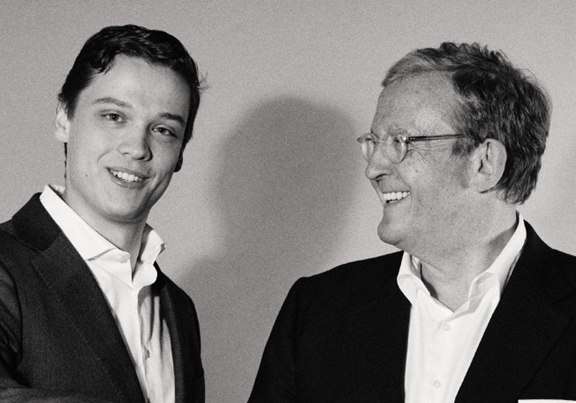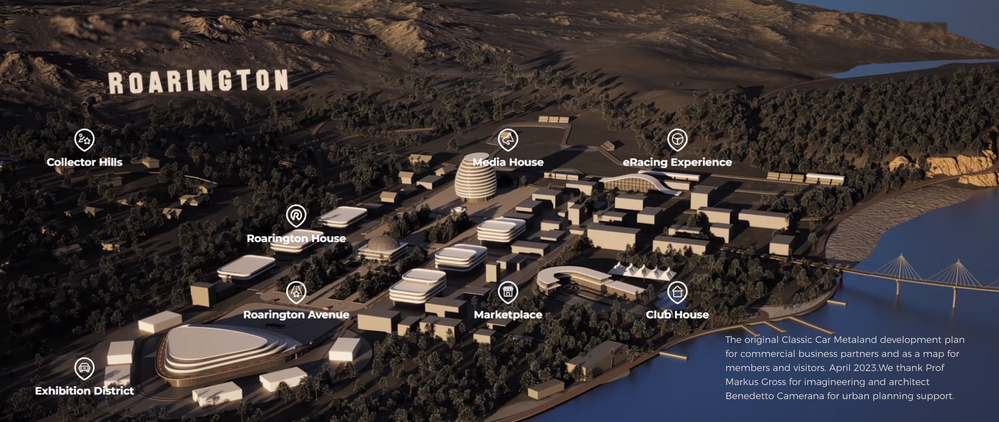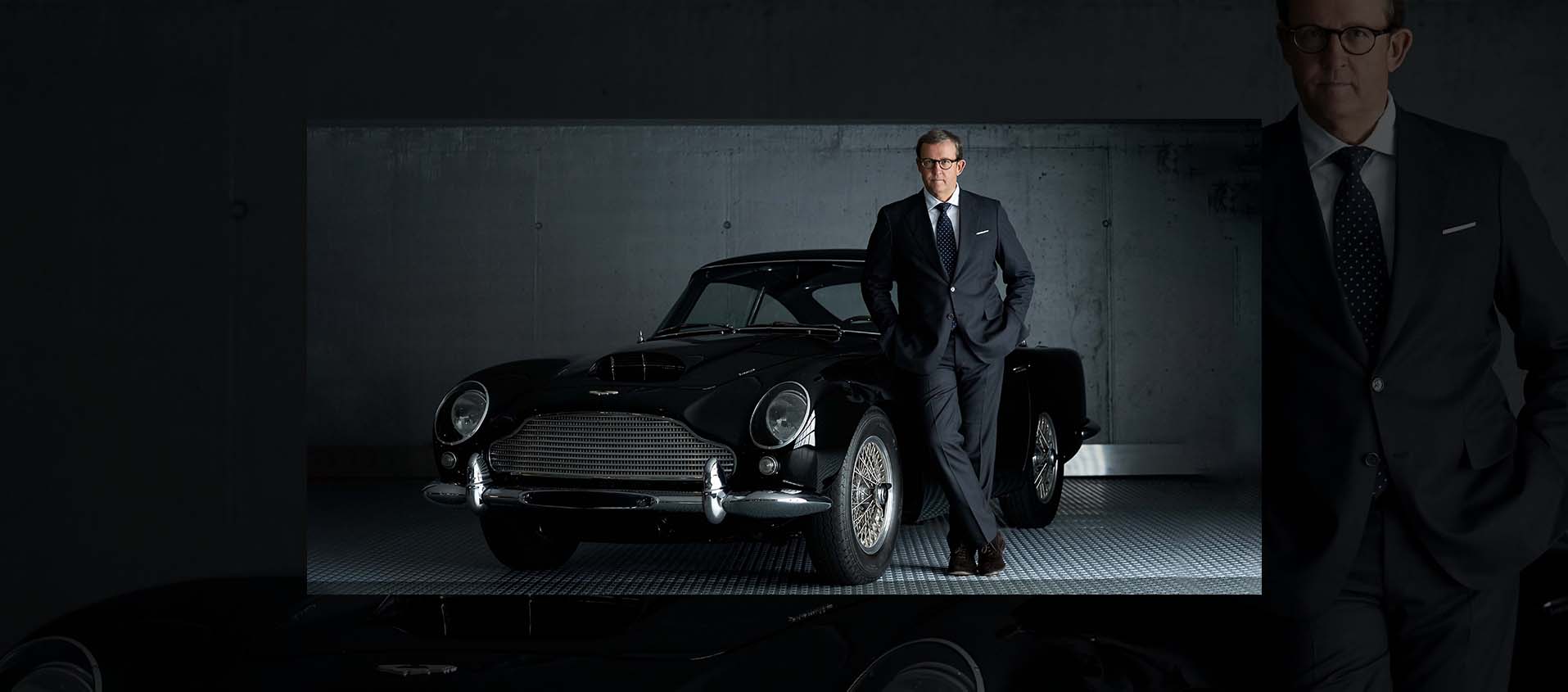Entrance hall to the Metaverse
07 May 2023 3 min read 1 images - INSIDE

Fritz Kaiser launched TCCT “The Classic Car Trust” in 2013: a bold project that aimed to give classic cars from the last century a sustainable future in the new millennium. This has now led to the creation of „Roarington, the Classic Car Metaland“, a virtual ecosystem for classic cars: an exciting journey into a fascinating future.
Register to unlock this article
Signing up is free and gives you access to hundreds of articles and additional benefits. See what’s included in your free membership. See what's included in your free membership.
Already have an account? Log In



